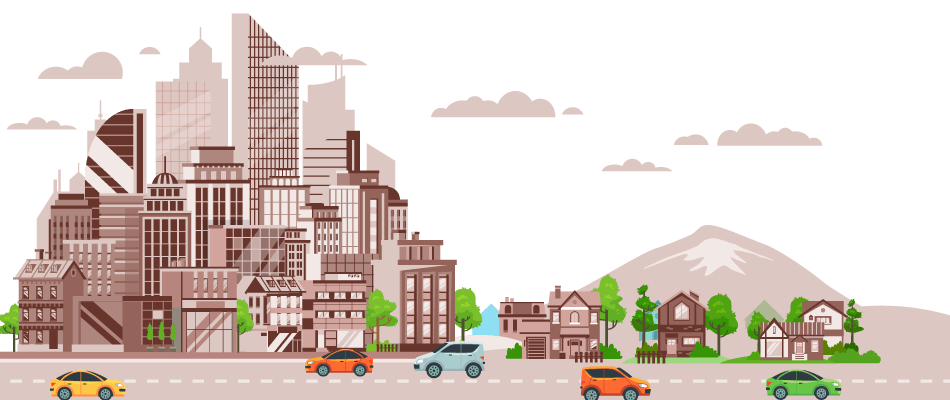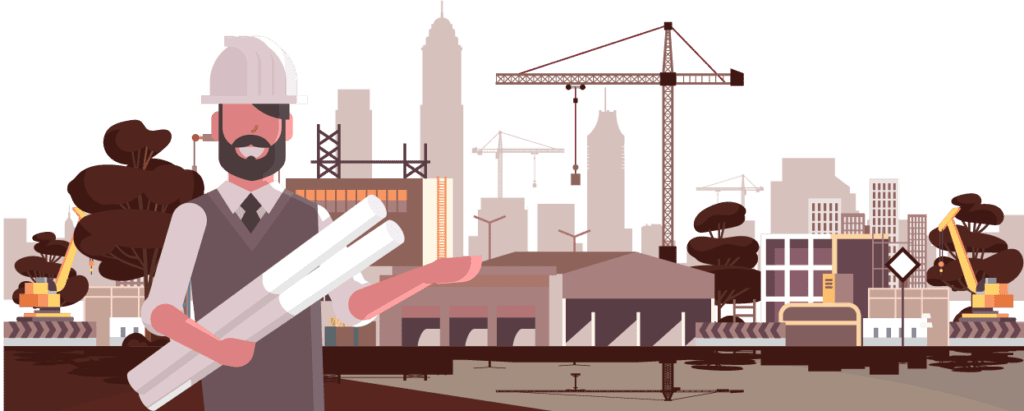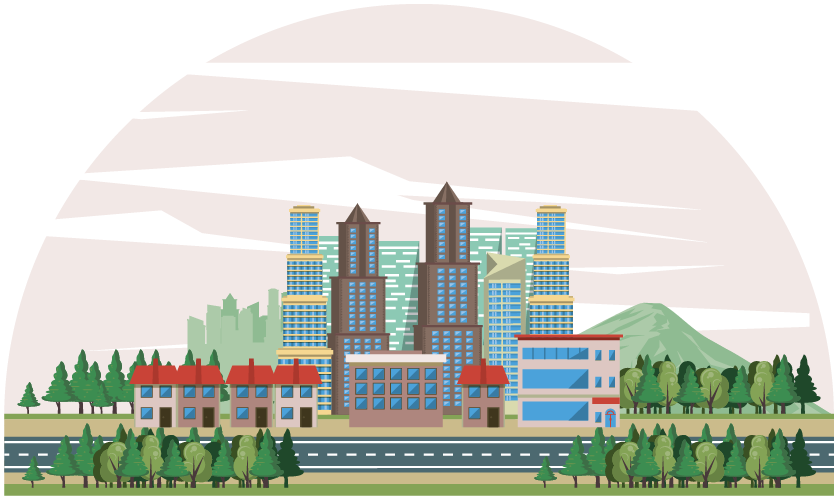Top urban design trends in 2022
Urban design trends that are reshaping the future of cities
Over 80% of the global GDP comes from cities and it is thus important that urbanization traces consistent improvements with time. Since cities contribute to sustainable growth, it is important that the citizens are opened up to a lot of opportunities and a progressive infrastructure that boosts continuous growth. Urban design trends are catching up a lot of momentum and it is important that planners stay up-to-date.
Cities should nurture a sense of connection and cast a stronghold on the center of their attention – the people. All the developmental planning should go further beyond the surface-level aesthetics to be functionally efficient in meeting the demands of its citizens. There is no one-size-fits-all design approach when it comes to urban development. But the following trends might just put things into perspective on what’s given weightage of importance these days.
1. Mixed-use neighborhoods
In the wake of suburban developments that are given priority alongside urban planning, there are no single-use downtown neighborhoods anymore. There’s a merge of functionalities in each area where residential and commercial developments happen alongside each other. This will thus make way for cities where each area has a mix of functional utilities for housing, work opportunities, and avenues for engagement altogether.
2. Green living
Cities easily lose sight of the connection with nature because of the rapid urbanization they encompass. But to create harmony between people, their lifestyles, and a sense of connection, green corridors are given importance increasingly. Making way for an outdoor engagement activity and green public parks are given added importance these days.
Parks, roadside curbs planted with trees, vertical farming even on the busiest of roads, artificial ponds, etc are all some of the innovative urban designs that are sought after by planners.
3. The 15-minute city
This refers to the creation of a neighborhood approach where every amenity is available within a 15-minute walking or cycling distance. This will help resolve problems like the need to commute long distances for work, parties, or play. Apart from being just a solution for mobility problems, the 15-minute city also helps in making a city sustainable and self-sufficient in nature. This will also help resolve any inequality between two different parts of a city and helps the entire cityscape to be perceived as one.
4. Inclusivity

Promoting equal participation and appreciating cultural, racial, and gender differences is what makes cities the best place for making a living. Any urban planning company should keep in mind that all the facilities should be accessible for every citizen despite the difference they have.
For example, gender-neutral bathrooms in public spaces or ramp accessibility in all recreational areas should be given maximum focus during the development of new structures.
5. Enriching local experiences
Cities should also promote domestic tourism and evolve in their approach to curate engaging local experiences. This will give an outlet for the citizens to network and connect with each other while also developing a sense of belonging with their respective cities.
At YCSPL, we have worked on urban planning projects in collaboration with state governments and have been offering them the best solutions to date.
6. Circular Economy model
Cities should focus on promoting reusing and recycling practices for sustainable overall progression. This is one of the top urban design trends in 2022 that has been rewriting the narrative of how cities recklessly generate a lot of waste. Efficient management of resources and encouraging local production for self-sustainably like urban planning are all taken into consideration.
7. Mobility solutions
Transportation and the increasing density of traffic in hot areas are going to be major problems if left unaddressed. While efficient AI-imparted monitoring of traffic solutions is one thing, they are not going to be just enough. You should rather promote public transport solutions or shared transportation solutions like carpooling to reduce overall carbon footprints in the longer run.
There should also be strict government mandates on FC regulations for commercial vehicles and protocols like recurring pollution tests for two-wheelers. The usage of Electric Vehicles should also be promoted to negate the depletion of natural resources.
8. Smart and Sustainable Constructions.
When it comes to any new construction, there should be added consideration given to making the entire development smart and wholesomely sustainable. Optimized energy consumption, efficient waste management processes, and effective utility construction should all be given a major priority.
With the current digitization in place, urban design trends in 2022 are already rapidly progressing. Any city planner should make sustainability a core objective in their efforts.
9. Strengthened Cyber Security
Security threats are no news. It is also important to remember that in city structures, data is one of the most valuable assets that holds a lot of key elements at stake. There should be increased cyber security awareness and proper recuperation protocols in place even during the events of an impending ransomware or data piracy threat.
The citizens should all be well-informed about the importance of data privacy and should be tuned to keep their own data structures safe.
10. Surveillance
Since cities are population dense, it is important that there are proper protocols for added surveillance. CCTVs installation should be done in all the major areas across multiple locations and angles for comprehensively capturing every last movement. This will help the citizens feel a lot safer and more comfortable while also greatly reducing the crime rates.
The urban planning team at YCSPL pays careful attention to all these trends to make our efforts count.







 We should empathize with areas that are fragile, identify zones that threaten the balance of our ecosystem, curate open space designs, and improve avenues for proper conservation.
We should empathize with areas that are fragile, identify zones that threaten the balance of our ecosystem, curate open space designs, and improve avenues for proper conservation.